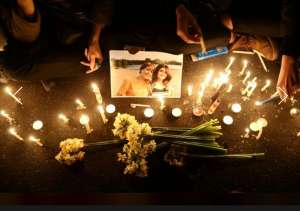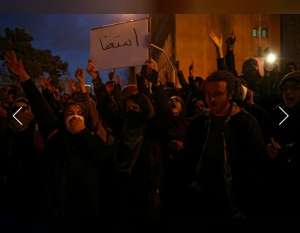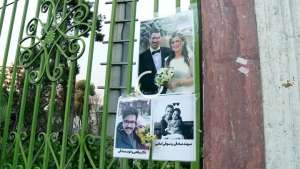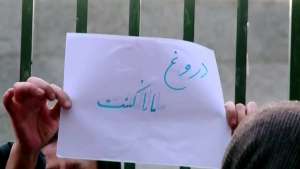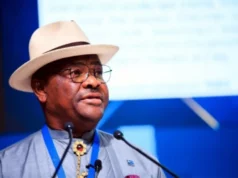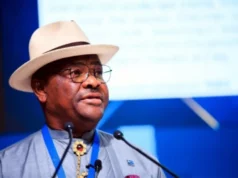Protests erupted across Iran for a second day on Sunday, increasing pressure on the Islamic Republic’s leadership after it admitted its military shot down a Ukrainian airliner by accident, despite days of denials that Iranian forces were to blame.
“They are lying that our enemy is America, our enemy is right here,” one group of protesters chanted outside a university in Tehran, according to a video posted on Twitter.
Other posts showed demonstrators outside a second university and a group of protesters marching to Tehran’s Azadi (Freedom) Square, as well as protests in other cities.
Some state-affiliated media carried reports of the university protests, which followed demonstrations on Saturday sparked by Iran’s admission that its military mistakenly shot down the plane on Wednesday, killing all 176 aboard, at a time when Tehran feared U.S. airstrikes.
The Ukraine International Airlines plane was downed minutes after taking off from Tehran bound for Kyiv on Wednesday. Many on board were Iranians with dual citizenship, while 57 were holders of Canadian passports.
Residents of the capital told Reuters that police were out in force on Sunday. Some protesters in Azadi Square first called on officers there to join them, then turned their anger on the authorities, chanting anti-government slogans including “Down with the dictator” – a reference to Supreme Leader Ayatollah Ali Khamenei, according to social media posts and Iranian media reports.
The semi-official ILNA news agency said police moved to disperse the protesters, who it said numbered as many as 3,000. Videos posted online showed demonstrators running from police who used batons and teargas.
Reuters could not authenticate the videos.
Public anger boiled up following days of denials by the military that it was to blame for the crash, issued even as Canada and the United States said it appeared that Iranian air defences had shot down the airliner, probably in error.
“Apologise and resign,” Iran’s moderate Etemad daily wrote in a banner headline on Sunday, saying the “people’s demand” was that those responsible for mishandling the crisis quit.
The latest unrest adds to mounting pressure on the Iranian authorities, who are struggling to keep the crippled economy afloat under stringent U.S. sanctions.
Demonstrations against a hike in fuel prices turned political last year, sparking the bloodiest crackdown in the 40-year history of the Islamic Republic. About 1,500 people were killed during less than two weeks of unrest that started on Nov. 15, three Iranian Interior Ministry officials told Reuters, although international rights groups put the figure much lower and Iran called the report “fake news.”
After saying on Saturday that he was “inspired” by the courage of the demonstrators, U.S. President Donald Trump wrote on Twitter on Sunday: “To the leaders of Iran – DO NOT KILL YOUR PROTESTERS. Thousands have already been killed or imprisoned by you, and the World is watching. More importantly, the USA is watching. Turn your internet back on and let reporters roam free!”
Later on Sunday, Trump said on Twitter he did not care if Iran agrees to negotiate with the United States, after a senior adviser suggested the Islamic Republic would have no choice but to agree to talks.
Iranian President Hassan Rouhani apologized for what he said was a “disastrous mistake”. But a top Revolutionary Guards commander added to public anger when he said he had told the authorities on the same day as the crash that an Iranian missile had brought down the plane.
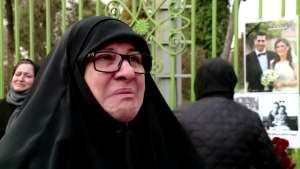 The Guards’ top commander, Hossein Salami, said that “we are more upset than anyone over the incident,” state media reported. Another commander said Iran did not intend to conceal the cause.
The Guards’ top commander, Hossein Salami, said that “we are more upset than anyone over the incident,” state media reported. Another commander said Iran did not intend to conceal the cause.
But others said Iran’s enemies, a term usually used to refer to Washington and its allies, were exploiting the incident.
“Iran’s enemies want to take revenge on the Guards for a military mistake,” said Ali Shirazi, Khamenei’s representative to the Quds Force, the elite overseas Guards unit that Soleimani headed, state media reported.
Iranian officials sought to portray the plane disaster as a second blow to a nation mourning after Soleimani’s death.

